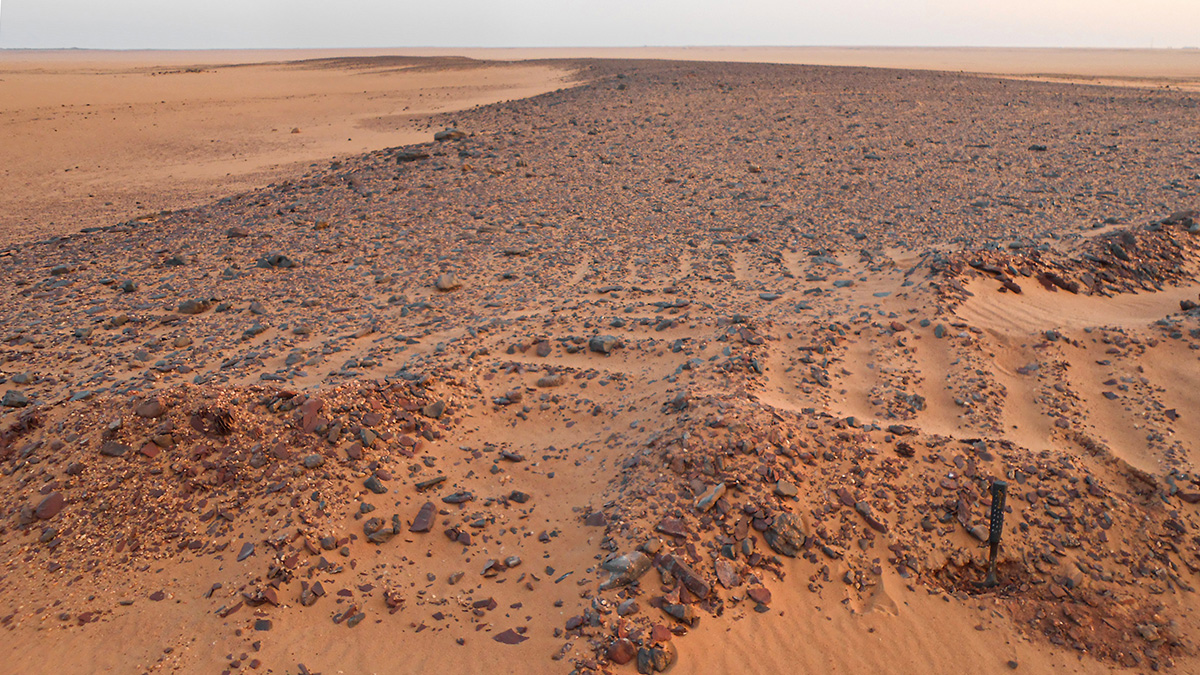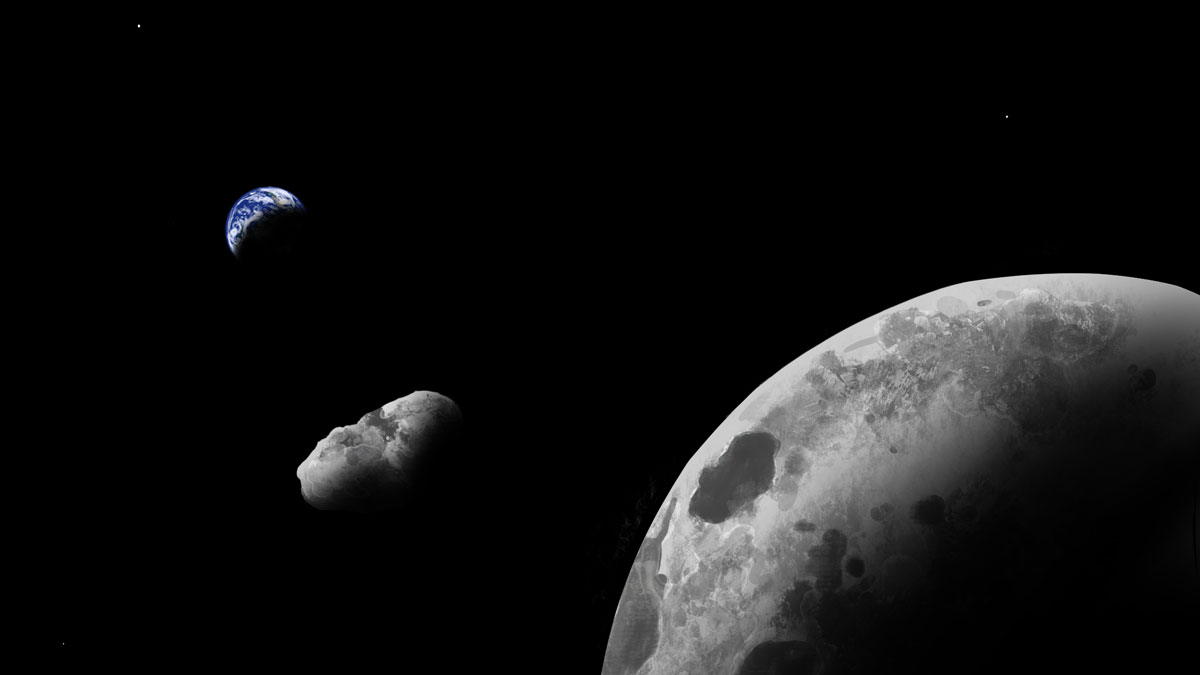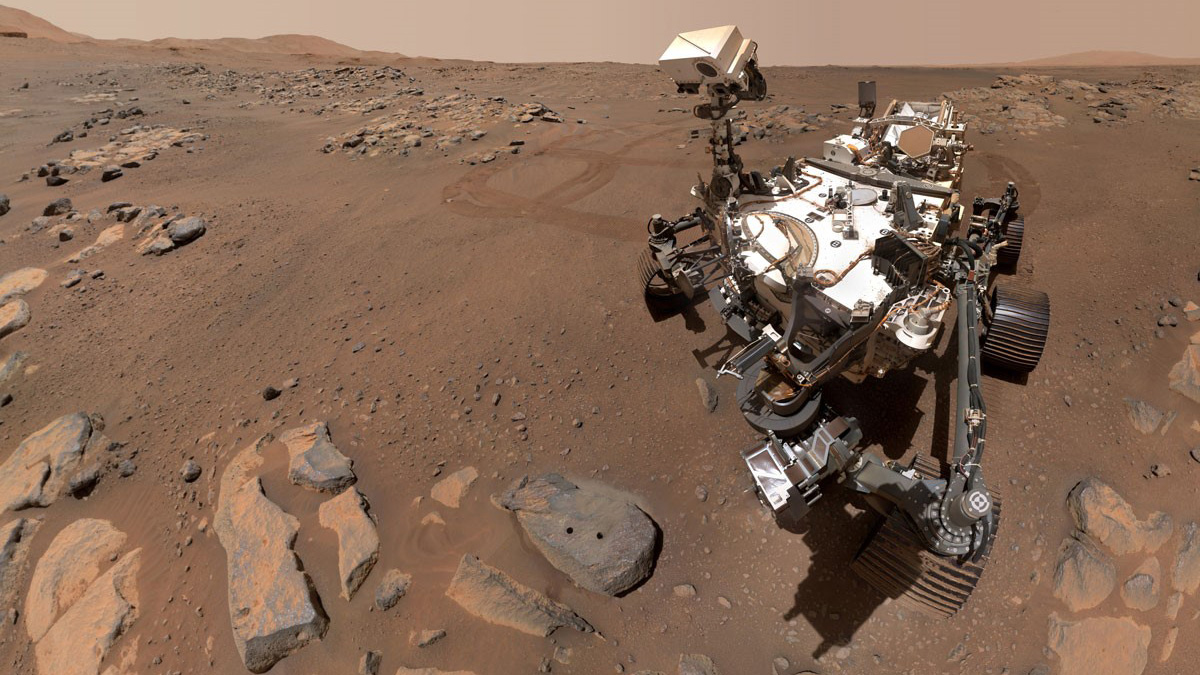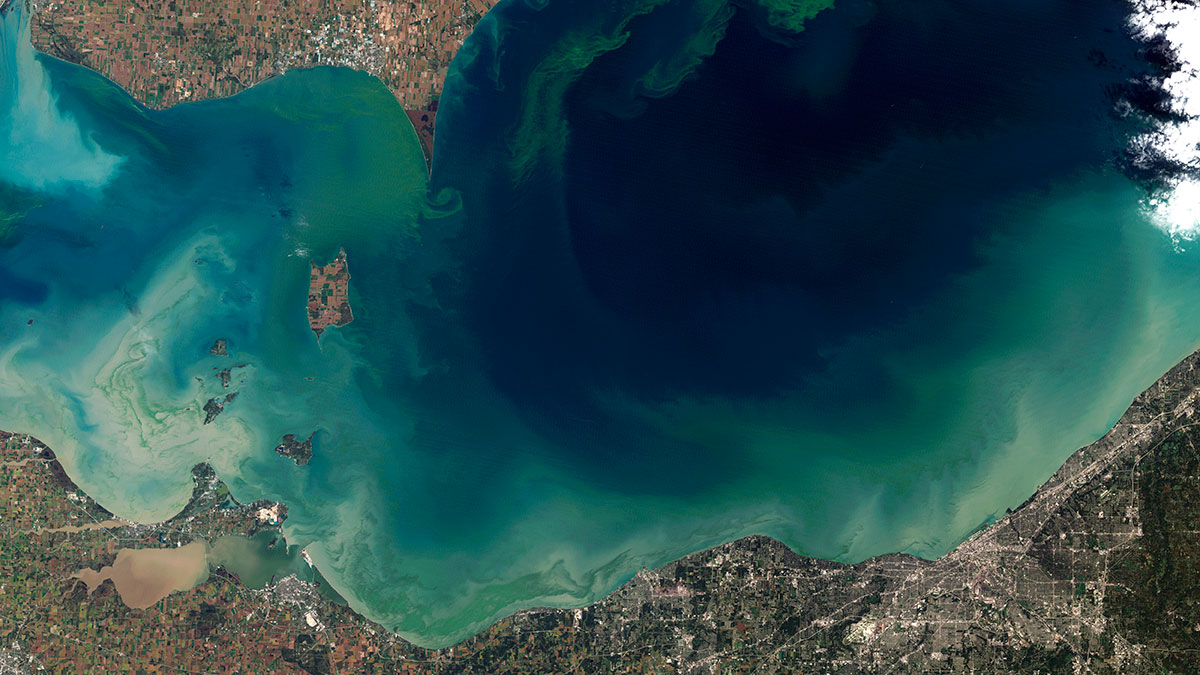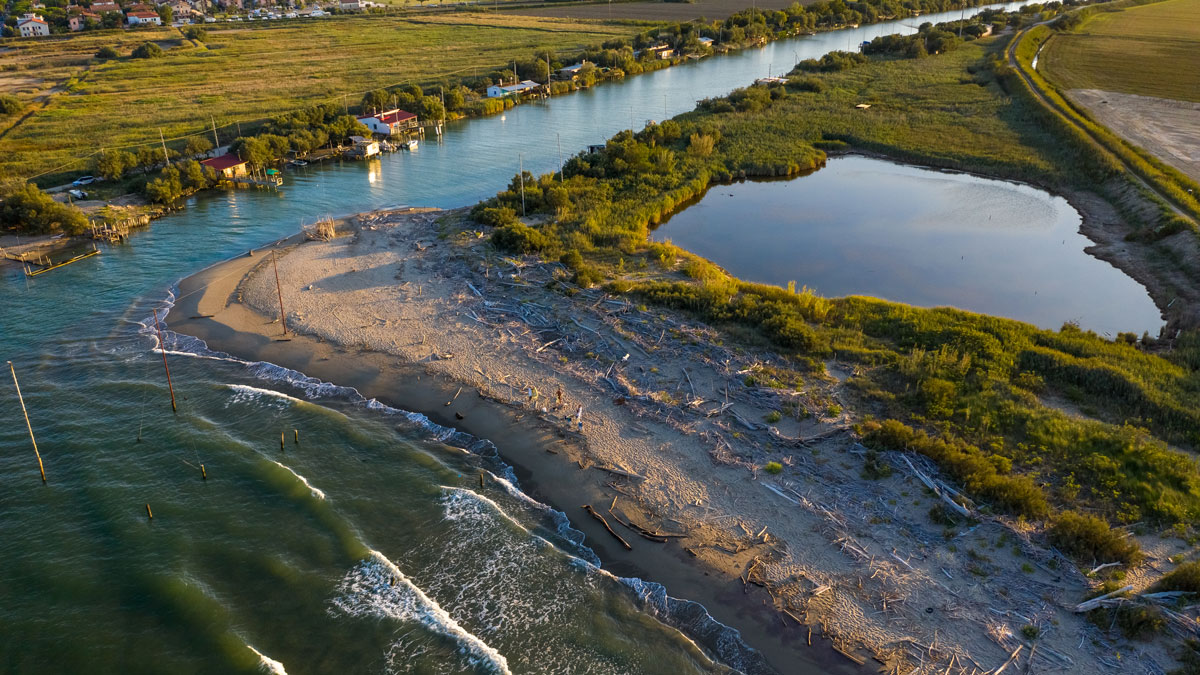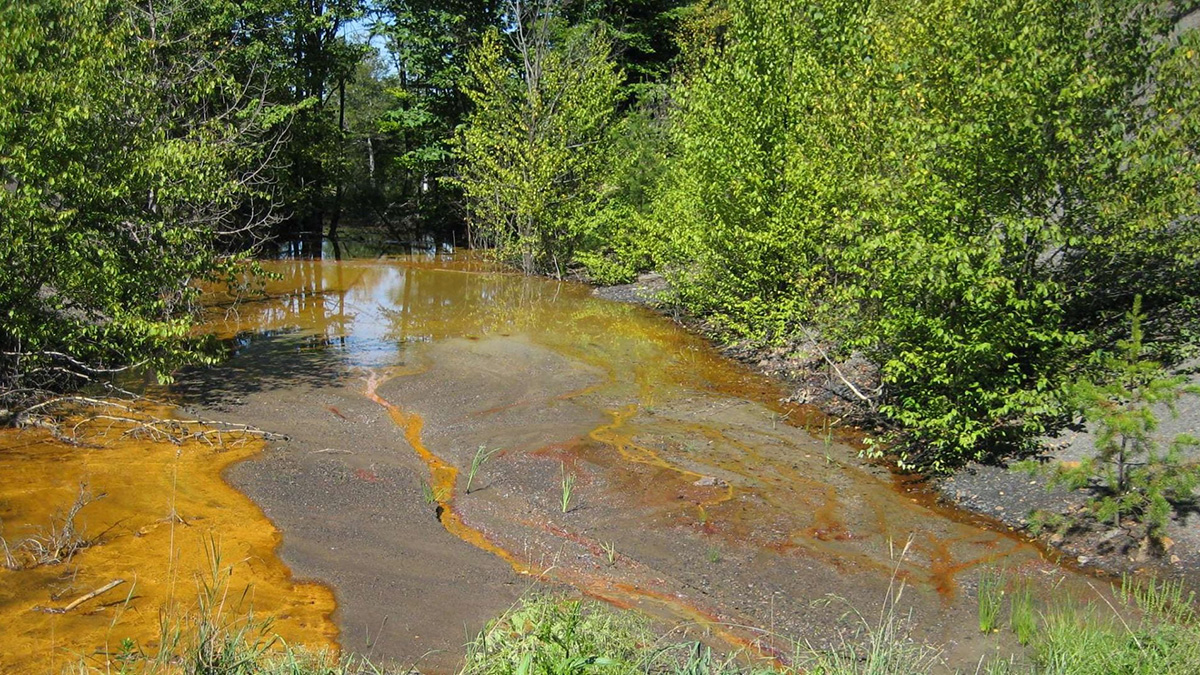By using data from two lightning-spotting satellites, researchers measure explosions of thousands of small meteors and create a database that could help the planetary defense community.
News
The “Green Sahara” Left Behind Fossil Rivers
Reconstruction reveals how people living along the banks of the Nile may have relocated as climate changed and flooding increased during the African Humid Period.
Asteroid May Be a Chip off the Old Moon
Spectral data suggest that Kamo‘oalewa, a near-Earth asteroid, has a composition similar to lunar rocks.
NASA Prepares Its Artemis Gateway to Orbit the Moon
Throughout its anticipated 15-year tour of duty, the Gateway will serve as a station for astronauts and lunar landers—and enable new scientific discovery.
Scientists Plan a Home Away from Home for Mars Samples
The core tubes being collected by the Perseverance rover won’t arrive for years, but NASA and the European Space Agency are outlining needs for a facility to assess their safety and store and distribute them.
Una nueva herramienta crea rápida y gratuitamente mapas de inundaciones para el sur global
Un nuevo programa en línea puede trazar rápidamente los contornos de inundaciones pasadas, permitiendo que los países con escasez de datos se preparen para futuros desastres.
A New Technique Could Identify Algae from Space
Some types of algal blooms produce dangerous toxins, while others are relatively harmless to humans.
A Global Map of Human Sewage in Coastal Ecosystems
Prodigious quantities of nitrogen from human waste flow into coastal waters, a study of nearly 135,000 watersheds reveals.
How the Armero Tragedy Changed Volcanology in Colombia
The deadly eruption of Nevado del Ruiz in 1985 made Colombian volcanologists realize that studying natural phenomena was irrelevant if they could not share their knowledge to avoid predictable tragedies.
New Sensor Aids Rare Earth Extraction from Acid Mine Drainage
Rare earth elements appear in more than 200 consumer products. The race is on to source these elements from abundant and environmentally damaging mining waste.


